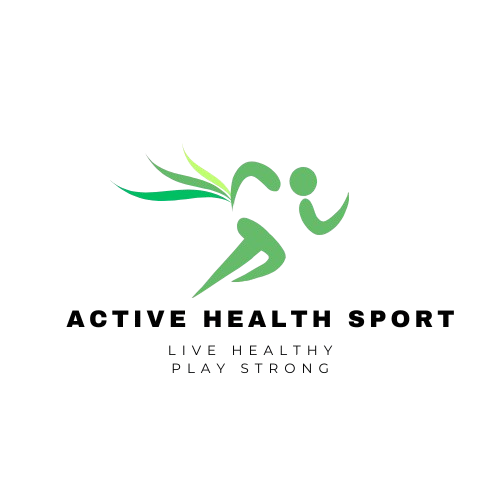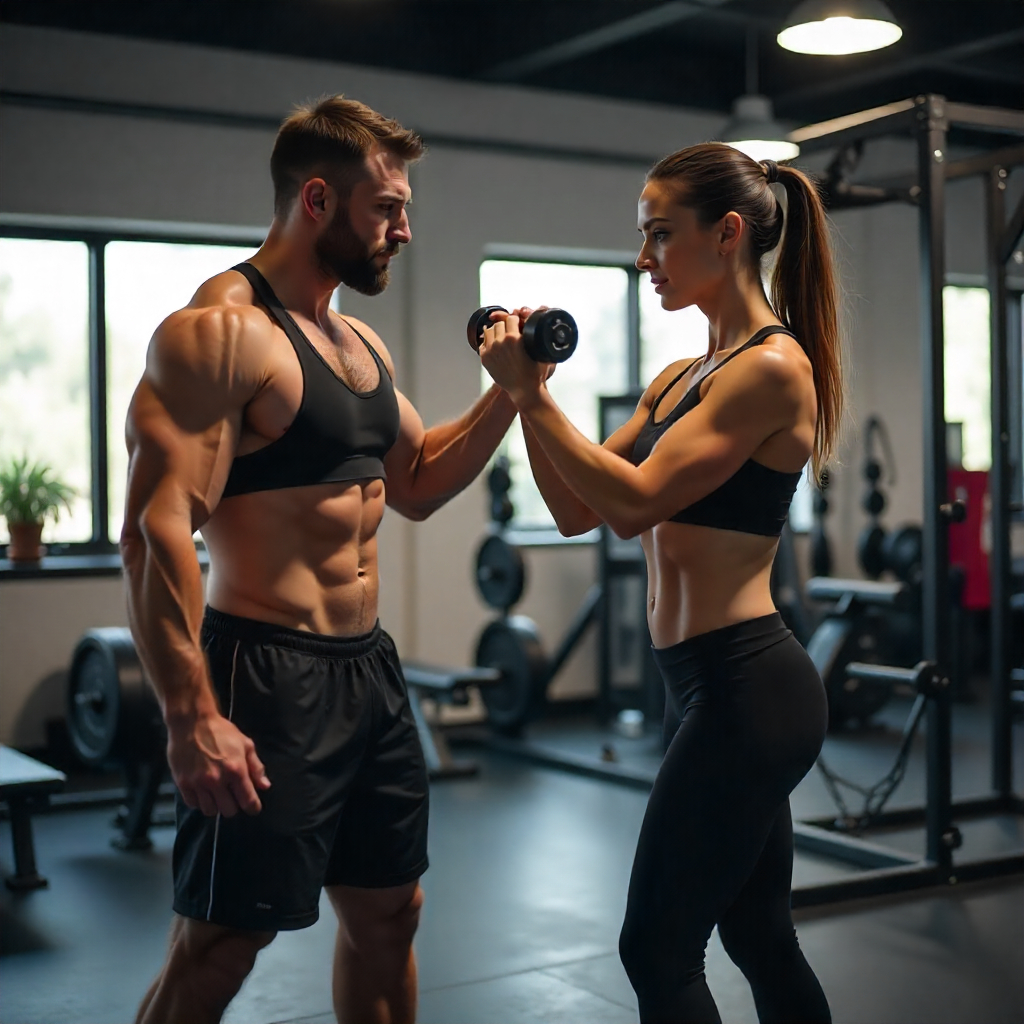The Myth of Gym Strength
Walk into any gym, and you’ll hear it, “What’s your max?”
Strength has long been defined by the weight on a barbell, the plates on a machine, or the size of a bicep. But ask yourself:
Can you carry groceries up three flights of stairs without gasping?
Can you squat down to lift your child safely without back pain?
Can you run for a bus without pulling a hamstring?
That’s real-life strength, the kind that keeps you moving, stable, and pain-free through the demands of daily life.
In late 2025, the fitness conversation has shifted from appearance to performance, from gym numbers to functional ability. Today, in this blog, we’ll explore what real-life strength truly means, backed by research, practical routines, and real human stories.
What Is Real-Life Strength?
Real-life strength (also called functional strength) is the ability to apply power, stability, and mobility to everyday actions. It’s not about how much you can lift once, it’s about how your body performs consistently in dynamic, unpredictable situations.
| Aspect | Gym Strength Focus | Real-Life Strength Focus |
| Primary Goal | Lift heavier loads | Move efficiently and safely |
| Muscle Use | Isolated muscles | Integrated muscle chains |
| Energy System | Short bursts | Mixed (strength + endurance) |
| Application | Controlled environment | Real-world tasks and sports |
| Benefit | Aesthetics, measurable PRs | Resilience, posture, longevity |
Key Principle: Real-life strength is the foundation of independence and health.
It’s what keeps you from injury, supports your spine, and allows you to move confidently in any environment.
Why Real-Life Strength Matters More Than Gym Numbers
- Life Doesn’t Follow Gym Rules
Real-life movement involves uneven loads, awkward angles, and shifting balance. Strength without stability or coordination doesn’t hold up outside the gym. - Functional Muscles Prevent Injuries
Weak stabilizers and tight muscles from repetitive gym training can lead to chronic pain. Functional movements engage multiple muscle groups, protecting joints and connective tissue. - Aesthetics Fade, Function Endures
A six-pack looks great, but it won’t help you lift a suitcase or play with your kids pain-free. Real strength supports movement quality, not just appearance. - Real-Life Performance Builds Confidence
When your body supports your lifestyle, carrying luggage, hiking, or even cleaning the house, you develop real physical confidence, not just visual fitness.
Case Studies: Real Stories of Functional Fitness Transformation
Case Study 1: The New Father Who Couldn’t Lift His Baby
Profile: Mark Anderson, a 34-year-old accountant from Denver, CO, was a regular gym-goer who focused heavily on machines and isolation training.
Problem: When his daughter was born, Mark found himself struggling to lift and carry her for long periods without sharp lower back pain. Despite years of gym training, his movements lacked real-world strength and stability.
Intervention: Under a certified functional trainer, he switched to a program emphasizing compound movements like squats, deadlifts, kettlebell carries, and hip hinges, targeting movement efficiency instead of muscle isolation. He also added daily mobility flows and short corrective stretches at work.
Result (8 Weeks): Mark regained confidence and balance, eliminated back pain, and reported feeling “strong where it matters most.” His physical therapist confirmed improved posture and core activation.
View reference here.
Lesson: True fitness goes beyond aesthetics. Functional movement prepares your body for life’s real demands, from parenthood to daily tasks.
Also Read the Latest: Functional Fitness: Relieve Back Pain & Boost Energy
Case Study 2: The Athlete Who Trained Too “Linear”
Profile: David Lopez, a 29-year-old semi-professional soccer player from San Diego, CA.
Problem: Despite strong gym numbers in squats and presses, David suffered recurring hamstring pulls during matches and noticed limited agility in lateral movements. His training was overly focused on one plane of motion, up and down.
Intervention: He replaced traditional lifts with multi-directional lunges, resisted rotational drills, plyometrics, and core stabilization work designed for sports performance. His coach incorporated mobility assessments to improve hip and knee alignment.
Result (10 Weeks): David became injury-free, increased lateral speed, and improved change-of-direction power by 18% in sprint tests. His athletic trainer noted smoother movement patterns and reduced joint strain.
View reference here.
Lesson: Performance in sports and in life requires strength that adapts across all directions, not just the gym’s linear motions.
Case Study 3: The Remote Designer Who Rediscovered Energy
Profile: Jennifer Collins, a 41-year-old graphic designer from Portland, OR, working remotely for a creative agency.
Problem: Sitting for 9+ hours daily led to fatigue, neck stiffness, and declining energy. Despite yoga apps and occasional stretching, her energy levels remained low.
Intervention: Jennifer adopted a functional mobility plan blending bodyweight circuits, balance drills, and dynamic stretching, completed in 20-minute morning sessions and mini-breaks throughout her workday.
Result (6 Weeks): She reported 60% higher afternoon energy levels, better sleep quality, and improved focus during design projects. Her smartwatch data even showed reduced resting heart rate and longer deep sleep duration.
View reference here.
Lesson: Functional movement doesn’t just build physical capability, it rejuvenates energy, productivity, and mental focus, especially for remote professionals.
Share Your Story with Active Health Sport
At Active Health Sport, we love hearing how people are transforming their health through movement. If you’ve overcome pain, boosted energy, or changed your fitness approach with functional training, we’d love to feature your story!
Email us your experience at contact@activehealthsport.com or share your journey in the comments below. Your insight could inspire others to move smarter and live stronger.
Practical Tips to Build Real-Life Strength
Think Movement, Not Muscle
Instead of isolating muscles, focus on patterns: push, pull, hinge, squat, carry, and rotate. These mimic the natural human movements used in chores, sports, and daily life.
Use Uneven Loads
Carrying a single heavy suitcase, water jug, or backpack challenges balance and core control far better than a symmetrical barbell lift.
Train Across Planes
Most gym moves are forward and backward. Real life happens in all directions, side lunges, twists, and diagonal reaches build true versatility.
Prioritize Core Stability
Skip endless crunches. Focus on anti-rotation (like Pallof presses), carries (farmer’s carry, suitcase carry), and dynamic bracing to strengthen your spine.
Consistency Over Records
Smart, regular movement beats chasing personal bests that don’t transfer to life. You don’t need to deadlift 400 pounds; you need to move fluidly, pain-free, and with control.
Also Read the Latest: Functional Fruits for Athletes: Boost Recovery & Energy
The Science Behind Functional Strength
A 2023 study from the National Strength and Conditioning Association found that individuals practicing functional movement training 3 times a week had:
- 47% lower injury risk in physical jobs and sports.
- 34% improvement in balance and coordination.
- Significant gains in daily activity ease, walking, lifting, and posture maintenance.
Functional fitness improves neuromuscular efficiency, how your brain and body coordinate movement, far beyond what isolated machine training achieves.
The 6 Core Movement Patterns That Define Real-Life Strength
| Movement Pattern | Example Exercise | Real-Life Application |
| Push | Push-ups, overhead press | Opening doors, pushing heavy objects |
| Pull | Rows, pull-ups | Lifting groceries, pulling suitcases |
| Hinge | Deadlifts, hip thrusts | Picking up kids or boxes safely |
| Squat | Air squats, goblet squats | Sitting, standing, and posture control |
| Carry | Farmer’s carry, suitcase carry | Moving bags, buckets, equipment |
| Rotate | Cable twists, medicine ball throws | Sports, cleaning, turning, balance |
These six pillars train the body to move efficiently as a unit, building coordination, strength, and endurance together.
Training the Mind-Body Connection
True functional strength isn’t just physical; it’s neurological. Every movement teaches your brain how to stabilize, react, and adapt.
By varying movements and loads, you:
- Improve proprioception (body awareness)
- Develop better balance and posture
- Create a resilient nervous system that prevents injury
Functional fitness builds not just muscle, but movement intelligence.
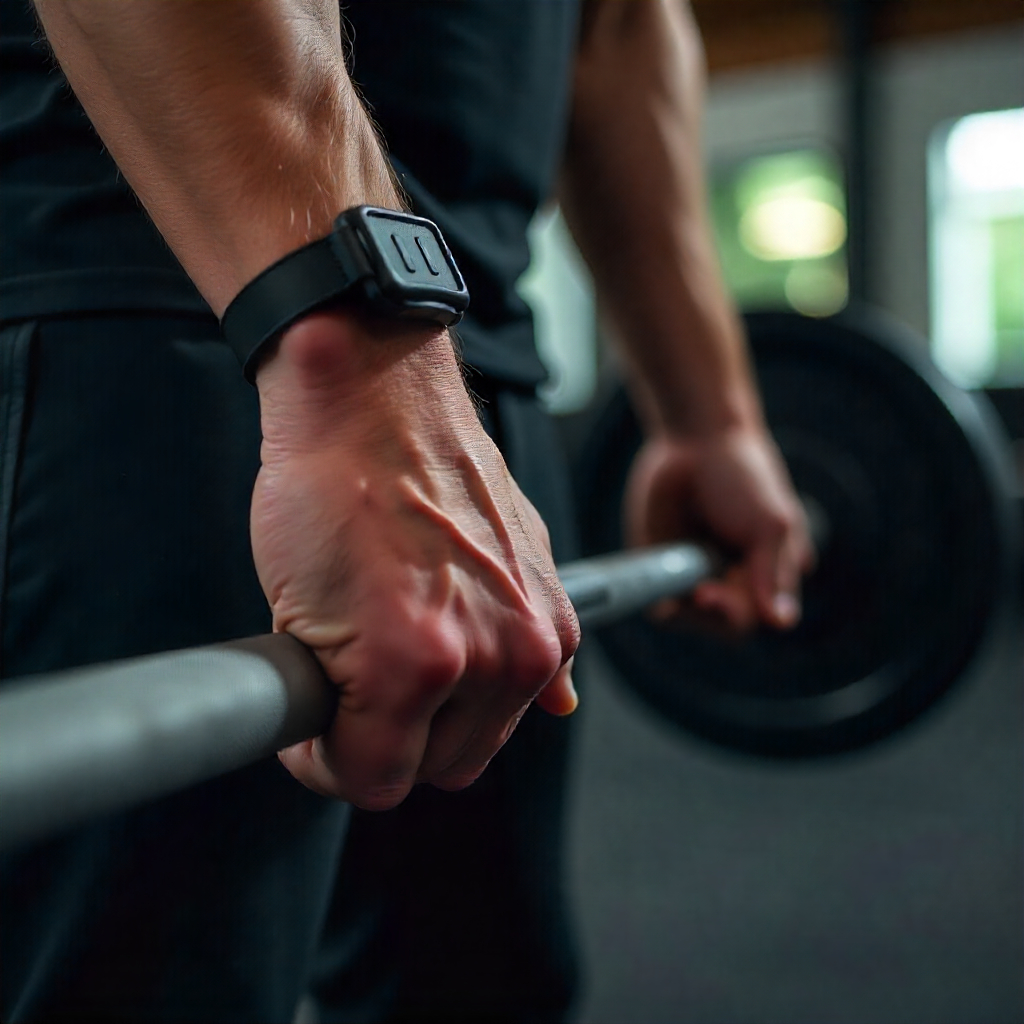
Real-Life Strength in Different Lifestyles
| Lifestyle | Common Weakness | Functional Solution |
| Office Worker | Tight hips, weak glutes | Squats, bridges, mobility flows |
| Parents | Lower back fatigue | Carries, hinges, core bracing |
| Athletes | Overuse injuries | Multi-directional drills, rotation work |
| Seniors | Balance, coordination loss | Step-ups, single-leg exercises |
| Manual Workers | Joint strain | Controlled strength & stability training |
How to Start a Functional Strength Routine
Step 1: Master Bodyweight First
Learn to move with your own weight before adding resistance. Practice squats, planks, and hip hinges with control.
Step 2: Add Resistance Wisely
Use kettlebells, dumbbells, or resistance bands for variety and real-world resistance.
Step 3: Mix Stability and Power
Alternate between controlled holds (like planks) and dynamic moves (like kettlebell swings).
Step 4: Stay Consistent
Train 3-4 times per week with focused, varied sessions instead of repeating the same machine workouts.
Also Read the Latest: Why Recovery Workouts Are Replacing Traditional Gym Routines
Real-World Payoffs of Functional Strength
- Improved Posture & Core Integrity
You’ll naturally sit and stand taller. - Reduced Pain & Stiffness
Functional strength builds balanced muscle activation. - More Daily Energy
Efficient movement reduces fatigue and boosts circulation. - Better Athletic Performance
Real-world strength enhances reaction, control, and agility.
FAQs
1. Is functional training better than weightlifting?
Not necessarily, functional training and weightlifting serve different goals. Weightlifting builds raw strength and muscle mass, while functional training enhances movement efficiency, stability, and real-life strength used in daily tasks. Combining both can deliver balanced, sustainable fitness results.
2. How often should I do functional workouts?
For best results, 3-4 sessions per week are recommended. Each session should focus on multi-joint, full-body movements, improving balance, coordination, and core strength. Even short daily micro-sessions can accelerate posture and energy benefits within a month.
3. Can functional training replace cardio?
Yes. When done dynamically, functional training can replace traditional cardio. High-intensity compound circuits, such as squats, carries, and burpees, raise heart rate, burn fat, and build endurance, giving both cardiovascular and muscular benefits simultaneously.
4. Do I need equipment for real-life strength training?
No heavy gym equipment is needed. You can start using your own body weight, resistance bands, or simple household items like water bottles or backpacks. As you progress, you may add kettlebells or sandbags for greater challenge and balance work.
5. How long before I notice results?
Most people experience improvements within 3-6 weeks of consistent functional workouts. Expect increased mobility, strength, and energy, along with better posture and reduced stiffness. Visual body composition changes may follow in 8-10 weeks, depending on nutrition and consistency.
6. Is functional training suitable for beginners or older adults?
Absolutely. Functional fitness is adaptable for all ages and experience levels. It focuses on natural movement patterns, pushing, pulling, and squatting, which enhance everyday mobility and joint stability. Studies show it’s one of the safest ways to maintain independence and strength as you age.
You might also like the following…
- Active Recovery for CrossFitters: Walking & Mobility Explained
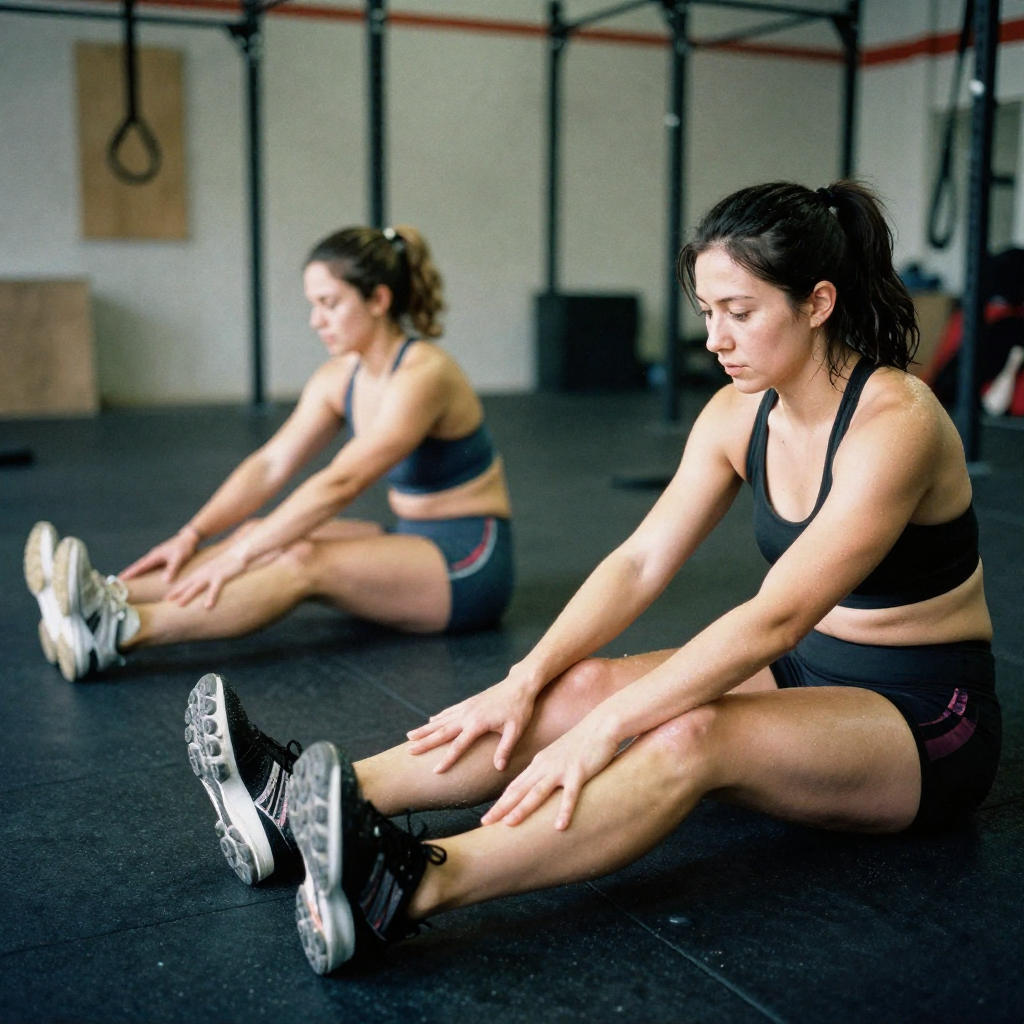 CrossFit pushes athletes to their physical limits, lifting heavy, sprinting, jumping, and performing high-intensity functional movements. While the intensity delivers impressive gains, it also places tremendous stress on muscles, joints, and the nervous… Read more: Active Recovery for CrossFitters: Walking & Mobility Explained
CrossFit pushes athletes to their physical limits, lifting heavy, sprinting, jumping, and performing high-intensity functional movements. While the intensity delivers impressive gains, it also places tremendous stress on muscles, joints, and the nervous… Read more: Active Recovery for CrossFitters: Walking & Mobility Explained - How Walking and Stretching Boost CrossFit Recovery (Duo)
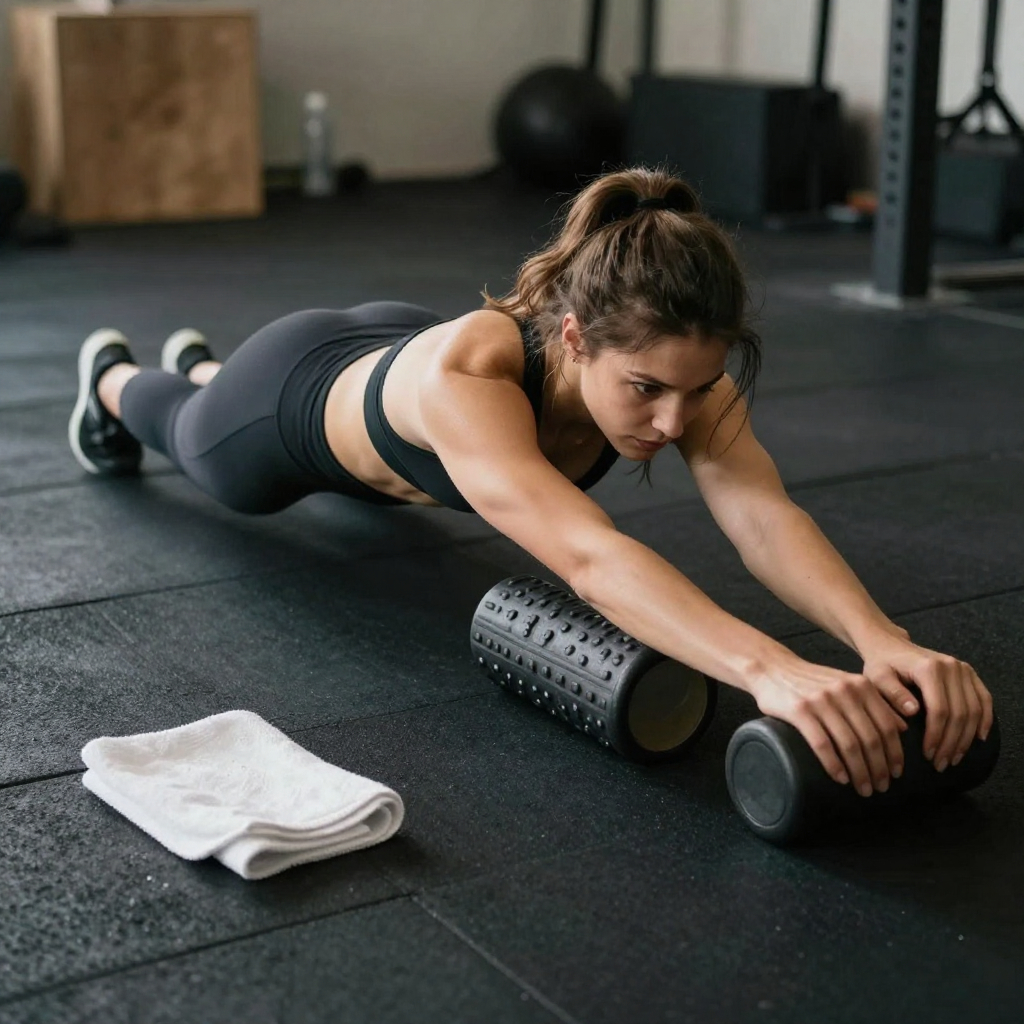 CrossFit recovery, athletes often chase intensity, heavy lifts, quick transitions, and heart-racing WODs (Workouts of the Day). Yet, the key to consistent progress isn’t just in the effort you put inside the box,… Read more: How Walking and Stretching Boost CrossFit Recovery (Duo)
CrossFit recovery, athletes often chase intensity, heavy lifts, quick transitions, and heart-racing WODs (Workouts of the Day). Yet, the key to consistent progress isn’t just in the effort you put inside the box,… Read more: How Walking and Stretching Boost CrossFit Recovery (Duo) - How Nutrition Impacts Sleep: Foods That Help (and Hurt) Your Night’s Rest
 You Are What – and When – You Eat We often think of sleep as a nighttime habit, but the truth is that good sleep begins with what you eat during the day.… Read more: How Nutrition Impacts Sleep: Foods That Help (and Hurt) Your Night’s Rest
You Are What – and When – You Eat We often think of sleep as a nighttime habit, but the truth is that good sleep begins with what you eat during the day.… Read more: How Nutrition Impacts Sleep: Foods That Help (and Hurt) Your Night’s Rest

Kait Amazra is the founder and lead writer of Active Health Sport. With over 25 years of experience in health, fitness, and wellness education, Kait combines professional expertise with a passion for helping people live stronger, healthier, and more balanced lives.
As a licensed health and fitness professional, Kait has worked alongside industry experts to deliver evidence-based insights on physical activity, nutrition, recovery, and holistic well-being. Through Active Health Sport, Kait’s mission is to make trusted, practical, and science-backed health information accessible to everyone, from beginners building new habits to athletes seeking peak performance.
